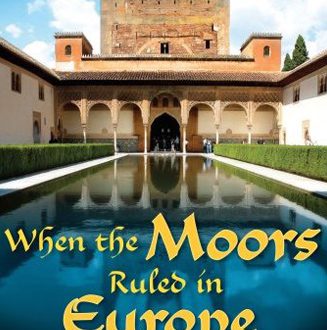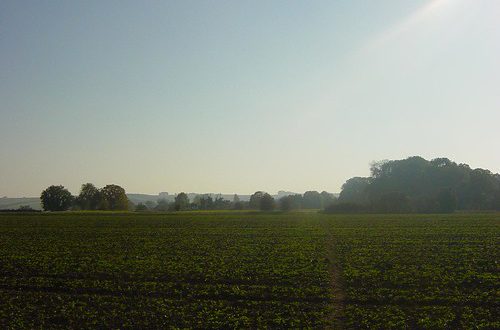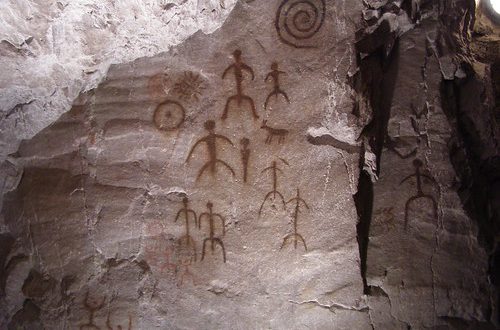An exciting new discovery is changing the way archaeologists view ancient Egypt’s first ties with the Levant. A four centimetre-long stone plaque fragment from Tel Bet Yerah features Egyptian symbols, and is believed to date back to around 3,000 BC – or the start of the country’s dynastic era. Rare enough in Egypt, Bet Yerah stands where the Jordan River meets Lake Kinneret (or the Sea of Galilee). And though links between the two areas are already known, this discovery shows ties may have been a lot stronger than previously thought. The find comes as a joint project between Tel Aviv University (TAU) and University College London (UCL) draws to an end. The first of its kind found anywhere outside Egypt, the plaque’s symbols comprise an arm and hand clasping a scepter and early ankh sign. And the quality of the fragment is as good as any found on the first Egyptian royal cosmetic palettes. And now the plaque’s locale, along an ancient highway between the two regions, is likely to see experts from across the globe flocking to its scenic shores in search of more treasures. It could even ease tensions between modern Egypt and Israel – though this is probably about as likely as finding another Great Pyramid under the City of David.
The project also revealed ties between Bet Yerah and the distant north of Israel. A type of ceramic specific to the area, known as ‘Khirbet Kerak Ware’, and portable ceramic hearths were found, all of which breathes new insight into the ancient people of the Levant: “The hearths are very similar to objects found in Anatolia and the southern Caucasus,” Raphael Greenberg of TAU tells the Jerusalem Post, “and most were found in open spaces where there was other evidence for fire-related activities. The people using this pottery appear to have been migrants or descendants of migrants,” Greenberg adds, “and its distribution on the site, as well as the study of other cultural aspects, such as what they ate and the way they organized their households, could tell us about their interaction with local people and their adaptation to new surroundings.” As if all this wasn’t enough, the teams also focused attention on the foundations of the early Islamic Umayyad Palace of al-Sinnabra – described by influential biblical archaeologist as “the most remarkable Bronze Age site in all Palestine.” The project led to the palace’s marvellous mosaic floors being unearthed fully for the first time. Cracks and depressions in the foundations also indicated the palace could have succumbed to a huge earthquake of 749 AD, which razed much of the Jordan Valley.




